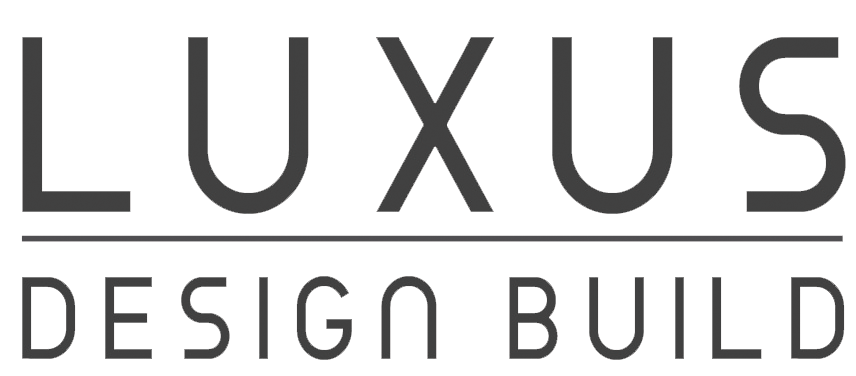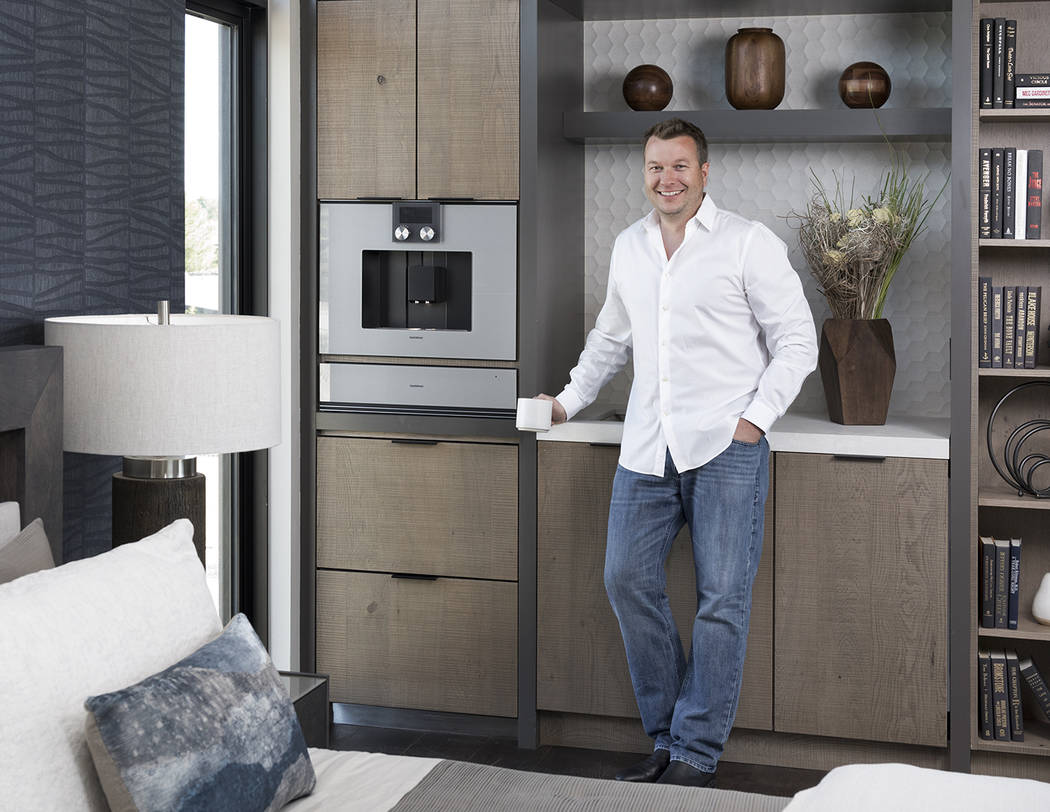By Valerie Putnam
Members of the generation known as millennials are fast becoming a strong force on the national labor front. According to a Pew Research Center analysis of U.S. Census Bureau data, 1-in-3 American workforce members are millennials.
“They are the future,” President and COO of Berkshire Hathaway Home Services Gordon Miles said. “It’s exciting watching a new generation get into the business.”
Millennials, typically defined as being born between 1982 and 1996, already account for 20 percent of the BHHS operations Miles oversees in Arizona, California and Nevada.
Several area companies are developing specific strategies to target and recruit talented candidates, known to be a technological-savvy, diverse generation.
Social media
Attracting potential applicants differs from recruiting their mature counterparts. According to recruiter.com, 68 percent of millennials use mobile devices for job searches.
“The new-school approach for attracting talented millennials is social media,” said Michael Gardner, owner of studio g Architecture (sgA) and luxus Design Build. “We found having a social media presence, a lot of younger talented people will find us through those sources.”
Therefore, understanding how to deliver video-driven messages through social media outlets, such as Facebook and Instagram, is vital.
“I approach them on the level that they are communicating in,” Miles said. “Everything they do is interactive. We integrate video and make it quick and to the point so they can consume it and go onto the next thing.”
Purpose
According to a 2019 Deloitte study, almost 80 percent of millennials say they “would be more motivated and committed at work if they felt their employer made a positive impact on society.”
CEO of Lake Industries and Revenue Media Group Saville Kellner recognizes millennials’ desire to be part of a company aligned with their core values.
“Millennials want a sense of belonging,” Kellner said. “And they want to feel like they are making a difference both to a company and to society as a whole. So, it has been really important for us to be clear about our core values and, specifically, how those align with their goals.”
Kellner also finds millennials more inquisitive and wanting to change jobs often.
“A bigger challenge than attracting the younger generation is the retention of the younger generation, and that is something we’re working on, literally every day,” Kellner said, who said the average tenure is three to four years. “We know that our companies are great places to put down roots. It’s up to us to provide that purpose-driven environment that keeps the younger generation engaged.”
According to a 2016 Gallup poll “How Millennials Want to Work and Live,” millennials change jobs more than the older generation, with around 60 percent of millennials looking for new job opportunities.
Expectations
Miles noted millennials value direct, honest communication, detailed job descriptions and expectations.
“You can be more direct,” Miles said. “Outlining what is expected to achieve the results they’re looking for. Don’t sugarcoat it as much.”
The Gallup study also found opportunities for advancement are important to half the millennials polled; a percentage that is higher than other generations.
“I think their expectation of us, as the employer,” Gardner said, “is very open, direct communication.”
Flexibility
Besides open communication, a 2018 Deloitte survey details how millennials look for companies that place an importance on work-life balance through programs such as flexible work schedules.
“While we’re still a fairly traditional company in terms of posted office hours,” Kellner said, “We’ve become looser about when people come and go and where work gets done.”
Gardner concurs with the notion millennials are looking for flexible hours.
“Our official office hours are 8 to 5,” Gardner said. “However, we have allowed a flexible work schedule.”
Culture
Office culture and work environment play a significant role in attracting and retaining millennials.
Miles had the traditional 6-foot cubical walls lowered to encourage social interaction. The workspace also offers his agents benching areas with tables to sit and work in a communal setting.
“They’re big about the office environment,” Miles said. “They like to be open and collaborative, feel the energy in the room. They don’t want to be sealed away.”
Kellner notes that millennials want a comfortable workplace, stating they want “almost an extension of their homes.”
“We have snack bars with company-supplied food and drinks, a Zen room, great common areas and awesome kitchen facilities,” Kellner said. “The physical layout of our workspace bears almost no resemblance to what it was as recently as two years ago.”
Kellner recently spent over $250,000 on his workspaces to attract the younger generation.
“We’ve reallocated real estate within the building to create additional meeting space for our teams, which has resulted in a whole new level of collaboration between employees that did not exist previously,” Kellner said. “These spaces are in constant use all day long and I think it has absolutely made us more productive.
“I’ve always loved the look and layout of the Apple stores,” Kellner continued. “We wanted that to be top of mind when making these changes and I think we achieved that. Everything is bright, flows well and imparts a feeling of high quality.”
Gardner designed his 4,000-square-foot office space with a large open upper bullpen area and several sub-environments within the office. He has seven employees, over half of which are millennials.
“One thing I’ve learned about millennials is they are very individualistic,” Gardner said about his younger staff. “Meaning every single one, even though we generalize, is very different. So, we’ve done our best to create an environment that they can work in based on how they’re feeling on a specific day or week.”
Gardner’s space also features a snack area, full residential-style kitchen with eat-in bar, cooktop and refrigerator, four conference rooms, one pseudo-private office, surround sound for music and pingpong area.
“All the extra-curricular elements are critical,” Gardner said. “Most of them will put forth the time and effort at their desk but then also want to be able to get up and do something else during the day.”
Corporate learning
Besides extracurricular elements, Gardner believes developing a mentor-style work environment is crucial to the success of his business. He is trying to attract both age demographics to his firms.
“What I found is that to attract great millennials, you need to have great mentors,” Gardner said. “So, in addition to investing in the growth of a younger person, you need to have somebody with a track record to mentor them. You can’t have one with the other.”
In addition to a mentor-style structure, Gardner’s office design encourages communication and learning among staff members.
“All of us including myself sit up in the bullpen area,” Gardner said. “My whole concept behind that is it allows everybody to hear what’s going on.”
Kellner, whose staff consists of 60 percent millennials, uses a different approach. He enlists millennials on staff to help develop ways to attract and retain others in the same demographic.
“No one knows how better to attract a younger workforce than a younger workforce,” Kellner said. “We’ve let the millennials drive a lot of changes. The biggest ones being to the workspaces and overall culture. They’ve helped us find new and creative ways to attract, engage and retain customers for our products that have helped us expand our market significantly.”
Between his two companies, Kellner offers graphic design, sales and marketing, customer service, clerical and warehouse positions.
“We have millennials in every department of both companies,” Kellner said. “Many of whom are in supervisory and management positions.”
Technology
Conjointly with office culture and environment, technology is a significant factor for retaining the millennial employee.
“Technology is a big thing,” Miles said. “Years ago, I could put in a wireless system that would accommodate one device for every person. The younger generation walks in carrying four devices per head.”
Accommodating the additional strain on the system requires businesses to install infrastructure upgrades.
“Your infrastructure has to be different to accommodate the millennials,” Miles said.
Miles invested hundreds of thousands of dollars in technology upgrades, including installing fiber to ensure a wider bandwidth for his staff and integrating efficient applications such as G Suite from Google, an integrated suite of cloud-based computing, productivity and collaboration products that travel with the user.
Benefit
“I think it’s important to bring in the younger generation because they’re going to bring a whole different perspective to an office environment,” Gardner said. “And the other pseudo selfish reason is I think it makes me better. I think they push me so it helps me not become complacent.”
Original published in Las Vegas Business Press. To read more of the issue go to businesspress.vegas.

